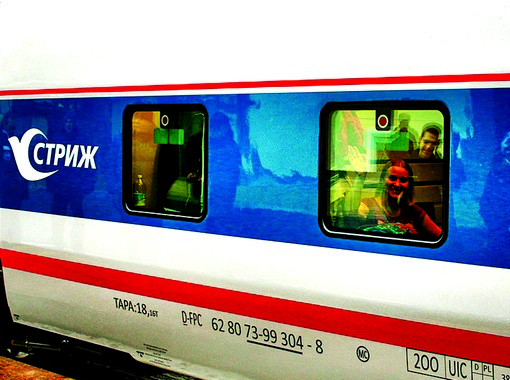
On December 17, 2016, the new high-speed international train no. 13/14 left Moscow’s Kursk station on its first run between the Russian capital and Berlin in a ceremonial send-off. The event was timed to celebrate the high-speed day in Russia, which began with the launch of Sapsan services.
The official send-off ceremony was attended by the Russian Railways president Oleg Belozerov, the Russian Minister of Transportation Maxim Sokolov, Spain’s Minister of Development Íñigo de la Serna, Patentes president Talgo Carlos de Palacio, as well as other officials.
“The problem of quickly switching from the 1,435-millimeter narrow gauge European system to the wider Russian gauge of 1,520 millimeters has existed for decades. Now this problem has been solved. The railway should unite people, and today we have modern rolling stock that can switch from one gauge to another in just 20 minutes. Earlier, this operation used to take hours,” Oleg Belozerov said in his address at the departure ceremony.
The Russian Railways president stressed that the new swift international train will offer more comfortable travel conditions to all passengers, including to those with disabilities because it provides for a greater number of compartments for people with diminished capacities.
Russia’s Transportation Minister Maxim Sokolov noted in turn that “the journey to Berlin will now take a little over 20 hours, almost five hours less than before.” The Russian official then said, “I would like to congratulate the Russian Railways and all passengers on this remarkable project and thank the manufacturers and all of our colleagues in Russia and abroad. This train will now be our new joint direction with regards to international activities.” This Moscow-to-Berlin service became possible as a result of rising passenger demand for rail transportation between Russia and Europe.
561,400 passengers travelled abroad on Russian long-distance trains from January to November 2016, over nine percent more than during the corresponding period of the previous year. Passenger numbers between Russia and Germany reached 25,800, which is 35 percent more than during the first 11 months of 2015.
The Strizh (Swift) international high-speed train is manufactured by the Spanish company Patentes Talgo S.L. The new train reaches a new level in the quality of transportation service.
This is the first time a Russian train uses rail carriages fitted with equipment for enabling an automatic change of gauge width. As a result, the time spent at the interface between the two gauge systems in Brest on the Belarus-Polish border will be cut sharply.
Previously, the bogies had to be disconnected and the locomotive and carriages jacked up so that the wheelsets could be slid out and the bogies with the other gauge could be slid in and attached.
As a result, changing the wheelsets of international trains crossing the border with the E.U. took about two hours. The swift trains need only 20 minutes to traverse a specially-equipped conversion device to switch from the Russian broad gauge of 1,520 millimeters to the narrower European track of 1,435 millimeters and vice versa.
The Strizh service will run twice a week, on Saturdays and Sundays, from Moscow and on Sundays and Mondays from Berlin. The train stops en route at Smolensk, Orsha, Minsk, Brest, Terespol, Warsaw, Poznan, Rzepin, and Frankfurt (Oder). The run from Moscow to Berlin takes 20 hours and 14 minutes.
Each train consists of 20 carriages: five second-class cars with 18 berths and four-berth compartments; two carriages with seating in the first class (20 seats in each carriage), a carriage-bar and a restaurant car; four first-class carriages (12 berths, double compartments); three VIP-class carriages (six berths, double compartments equipped with a shower and a toilet), including a second-class compartment equipped for persons with disabilities; and two VIP-class carriages (10 berths, double compartments fitted with a shower and a toilet). The train also includes technical cars to ensure the functioning of the environmental support systems.
Train passengers will be provided with Wi-Fi access to a multimedia portal with internet access. The portal provides essential passenger information and news, such as route details and timetable, the restaurant carriage menus, as well as entertainment.
Passengers with first-class seating will also be issued tablets to view multimedia content.
The introduction of technical innovations in the train’s design facilitates an increase in passenger travel comfort and reduces the effect of centrifugal forces on passengers when the train makes tight curves.
On June 18, 2011, the Federal Passenger Company, a subsidiary of the Russian Railways, and the Spanish company Patentes Talgo S.L. signed a contract for the development of passenger trains at the St. Petersburg International Economic Forum. In accordance with the contract, Patentes Talgo S.L. supplied the Federal Passenger Company with seven trains consisting of 20 carriages each.
The first batch consisting of four trains was delivered from 2014 to 2015. These swift trains have been in service on the route from Moscow to Nizhny Novgorod since June 2015. Three more trains fitted with the equipment to change automatically the width of the bogies were delivered in 2016.
The contract with the company Patentes Talgo S.L. also provides for integrated services for the maintenance and repair of rolling stock. The rolling stock passed all the required certification tests in Russia, Poland, and Germany.


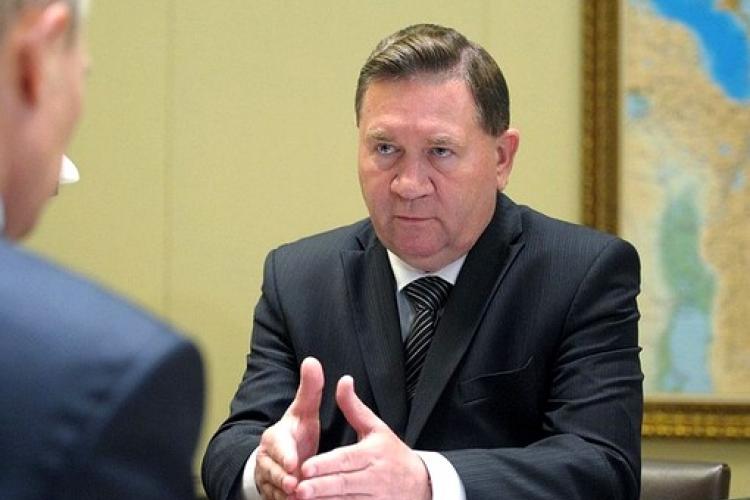
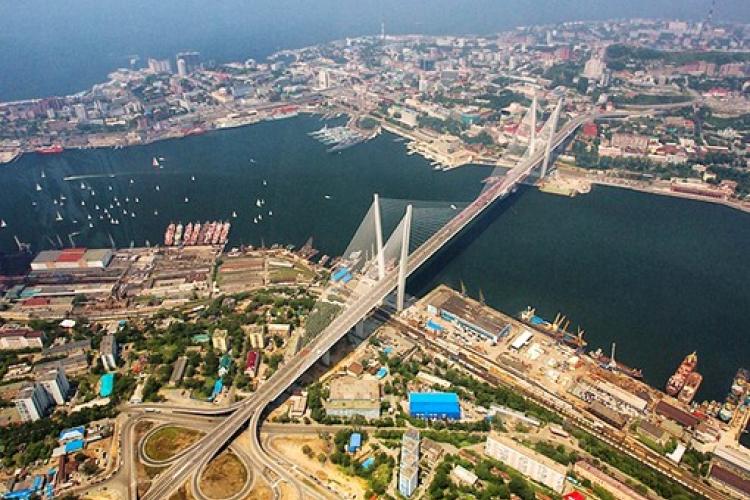

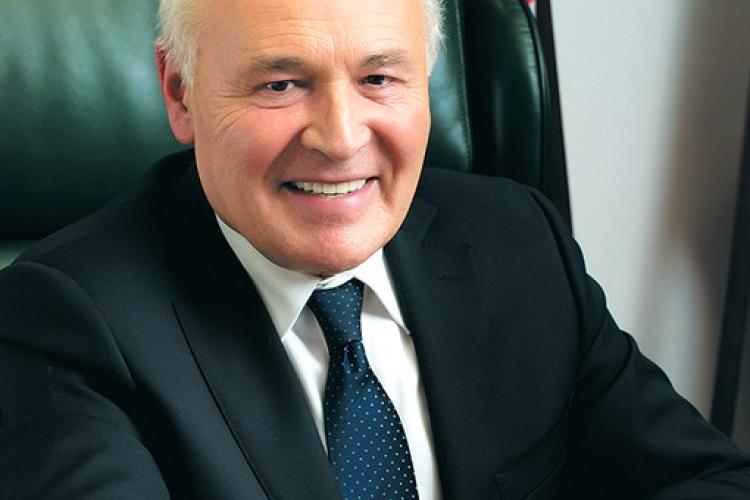



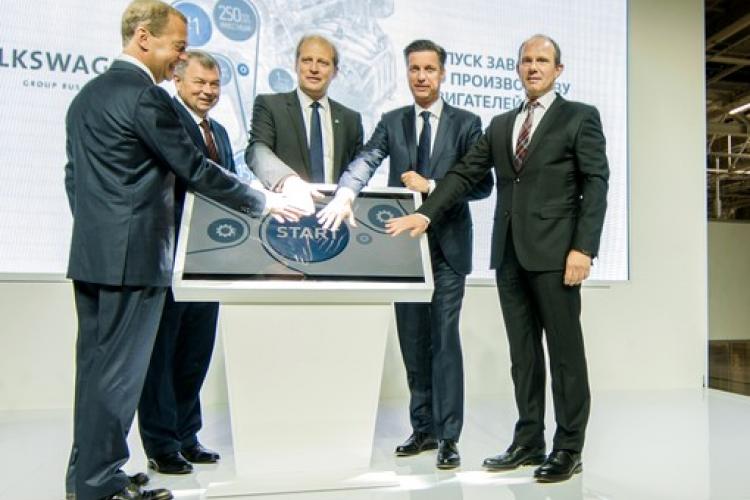
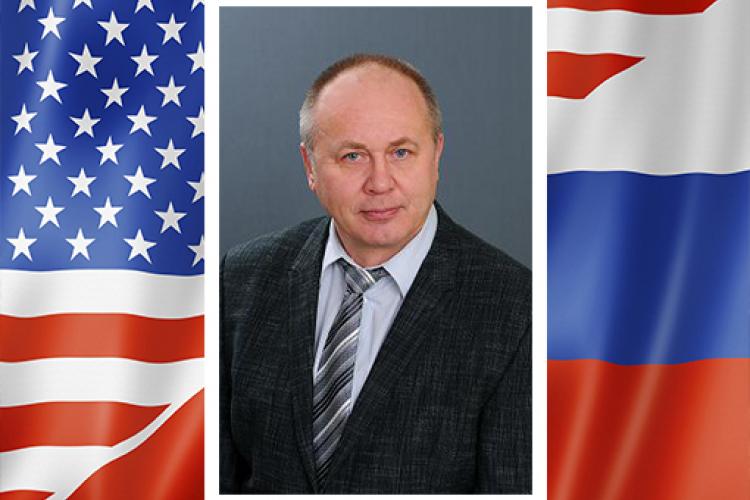

Leave a comment